
How To Ride A Hoverboard Safely?
Riding a hoverboard looks so cool! But for people who have never tried it before, it can also seem kinda scary. Don’t worry though - with the right tips, you can totally learn how to safely ride a hoverboard, even as a beginner.
The main things to focus on are choose a good quality hoverboard, wear protective gear, find an open space to practice, learn how to balance, and follow the rules.Take it slow and be extra careful at first. If you’re smart about it, you’ll be hovering around in no time! Hoverboarding can be thrilling but still safe when you’re cautious.
Charge and Prepare Your Hoverboard
Got a brand new hoverboard and want to take it for a first spin? Not so fast - you’ll want to charge it up properly first. I know, you’re probably dying to hop on and show off your slick new ride. But trust me, taking the time to charge your hoverboard correctly will pay off down the road.
Follow the Manufacturer’s Instructions
Every hoverboard is a little different, so your best bet is to read the manual and follow the charging instructions specific to your model. Some tips are pretty universal though. For example, use the charger that came with your hoverboard - don’t substitute a different one. And don’t leave it plugged in for too long after it’s fully charged.
Charging Time Varies
Most hoverboards take 2-4 hours to fully charge from empty. But the bigger the motor and battery, the longer it’ll need to power up. Invest in a fast charger to cut charging time in half! Just make sure it’s compatible with your hoverboard model.
Don’t Overcharge
I’m guilty of this myself - you plug in your hoverboard then forget about it overnight. Try not to do that too often though, as it can damage your battery. Once it’s fully charged, unplug it. Get into a habit of checking the indicators so you know when it’s done. But I tell you a good news that nowadays most batteries are protected by its programming to prevent damage from overcharge! iHoverboard's batteries are also overcharge-protected.
Tips for Riding a Hoverboard
It's surely challenging while getting on your hoverboard for the first time. But with some practice, you’ll be balancing like a pro in no time! Here are some tips to help you find your footing.
The key is to start slow and be patient with yourself as you learn this new skill. Don’t expect to hop on and effortlessly glide away on your first try. Take your time and celebrate small wins along the way.
1. Find Your Centre of Gravity
When mounting your hoverboard, step on one foot at a time. Keep your foot flat and your knees bent slightly. Position your feet about hip-width apart, not too close to the wheels. You want room to adjust and pivot as needed.
If you feel wobbly at first, hold onto something sturdy like a wall or table. This helps build your confidence until you get the hang of balancing unaided. Just don’t lean on your support - you want to find your center of gravity over the board.
2. Engage Your Core
Balance starts with your core. Keep your back straight, abs engaged, and knees soft. Avoid rigid limbs, as this makes it harder to adjust to the board’s movements. Loosening up your body helps you move with the hoverboard.
Distribute your weight evenly on both feet. If you notice yourself leaning heavily on one side, consciously shift your center back to the middle. An even stance keeps you balanced.
3. Look Ahead
Pick a spot ahead of you to focus on, not down at your feet. Staring at the ground actually throws off your equilibrium. Keep your chin up and eyes forward.
Use your peripheral vision to monitor the hoverboard edges. This keeps you aligned while maintaining a steady gaze ahead.
4. Take Baby Steps
Go slow and celebrate small wins, like standing stationary or pivoting slightly. Don’t expect to suddenly cruise off at top speeds your first time on the board. Baby steps will build your abilities.
The hoverboard is designed to balance you, but it takes practice cooperating with it. Be patient, take breaks when needed, and you’ll get the hang of it through regular short sessions.
5. Maneuvering Your Hoverboard
You’ve got the basics of mounting and balancing down. Now it’s time to start moving around and really put your hoverboard skills to the test! Maneuvering takes practice, but with some core techniques you’ll be zipping around smoothly in no time.
6. Lean Into It
The key to controlling your direction is leaning. Keep your body loose, with knees slightly bent, and simply shift your weight by leaning your torso. To move forward, lean forward ever so slightly. To reverse, lean back a bit. The more dramatic the lean, the faster you’ll accelerate, so start subtle.
Pro tip: Always lean from your hips and core, not by bending at the waist. This keeps you balanced over the board.
7. Master Those Turns
Turning requires gently twisting your upper body in sync with pressure from your feet. To turn right, twist your trunk right while pressing your left toes down. To go left, twist left and press the right toes down. Keep movements smooth and fluid.
For wide sweeping turns, keep the pressure light with a subtle twist. For tighter turns, lean more dramatically into the turn and press the toes down harder on one foot. Just don’t twist too far or you’ll throw off your center of balance.
8. Come To a Stop
To brake, slowly straighten your torso back to an upright position. As you become more upright, your hoverboard will gradually decelerate. For a quicker stop, lean back slightly. Just don’t lean too dramatically or you’ll jolt yourself! Ease into it.
Pro tip: Because hoverboards don’t stop on a dime, anticipate your stops and start braking early. Leave plenty of stopping distance.
9. Upgrade Your Skills
Once you’ve mastered the basics, you can try more daring maneuvers. Carefully practice quick turns, zig-zagging, and even spinning 360 degrees in place! Just build up slowly - don’t get overzealous before you have the skills dialed. Patience and little steps will get you there.
With some core techniques and regular practice, maneuvering your hoverboard will start to feel like second nature. Just remember to stay aware of your surroundings, take it slow, and have fun!
Dismount from a Hoverboard
Getting off your hoverboard easily is just as important as getting on. Follow these tips for safe, graceful dismounts every time.
- Slow to a Stop: First, ease your hoverboard to a complete stop. Lean back slightly while engaging your core to gently slow your speed. Don’t brake too suddenly or you may lurch forward. Come to a controlled, gradual halt.
- Step Back One Foot at a Time: With the board fully stopped, transfer your weight to your dominant foot. Lift your other foot off the board and plant it firmly behind you. Then shift your weight to that stabilized foot as you lift your dominant foot up. Avoid stepping forward off the board, as the momentum could make you stumble. Stepping back keeps your center of gravity securely over the board.
- Practice Makes Perfect: Dismounting takes coordination. Don’t get frustrated if you wobble at first. With time, you’ll build the muscle memory and balance for smooth exits every time. Dismounting is a skill all in itself, so be patient as you master it.
Follow these tips for safe dismounts, and you’ll be sticking the landing off your hoverboard like a pro. Just remember to go slow, step back, and keep practicing.
How to safely ride a hoverboard!
Safety Tips in Riding a Hoverboard
You’ve got the fundamentals of operating a hoverboard down. Now let’s go over some final tips to keep safety top of mind whenever you ride.
Wear Protective Gear
Protective gear like helmets and pads aren’t just for looks - they serve a critical purpose. Accidents can happen any time, so gear up to minimize injury. Look for safety-certified helmets that fit properly. Pad up your knees, elbows, and wrists too. The right gear makes all the difference if you take a spill.
Be Mindful of Your Surroundings
Stay alert to avoid collisions or falls. Scan for potential hazards like potholes, debris, or uneven pavement. Keep an eye out for pedestrians or pets who may cross your path. Go slow in crowded areas and watch your speed around turns or slopes. Situational awareness is key for incident-free rides.
Follow Local Laws and Regulations
Hoverboard use may be restricted in certain public spaces, so check local ordinances. For example, some areas prohibit riding on sidewalks or in parks. Others require protective gear or impose speed limits. Stay up to date on hoverboard rules in your community and follow them diligently. It shows respect while optimizing safety.
You can safely enjoy all the fun of hoverboarding by taking smart precautions, gear up, ride alert, and follow the laws. Prioritizing safety for yourself and others allows you to make the most of these amazing devices worry-free.
Happy hovering!
Product Category
Recent Posts

Up to 50% Off! Our Black Friday 2024 Event Is HERE!

Best Hoverboard with Seat: K3 Hoverboard Go-Kart Guide!
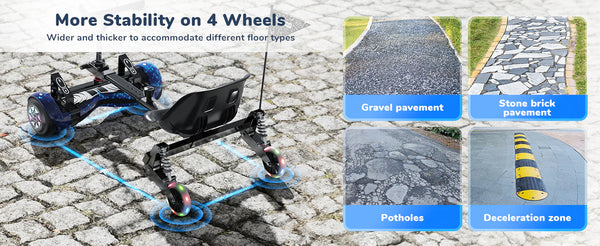
Go-Kart: The Complete Guide to Hoverboard with Seat
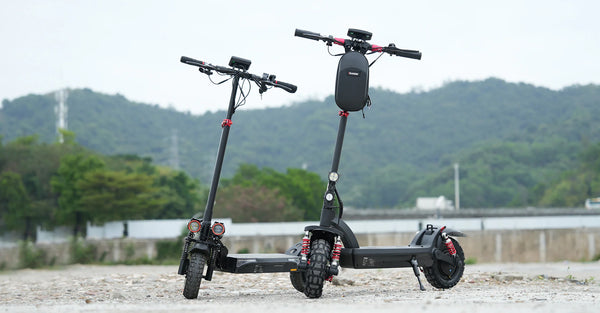
Electric Scooter Wheels: Solid Tires vs Pneumatic Tires



































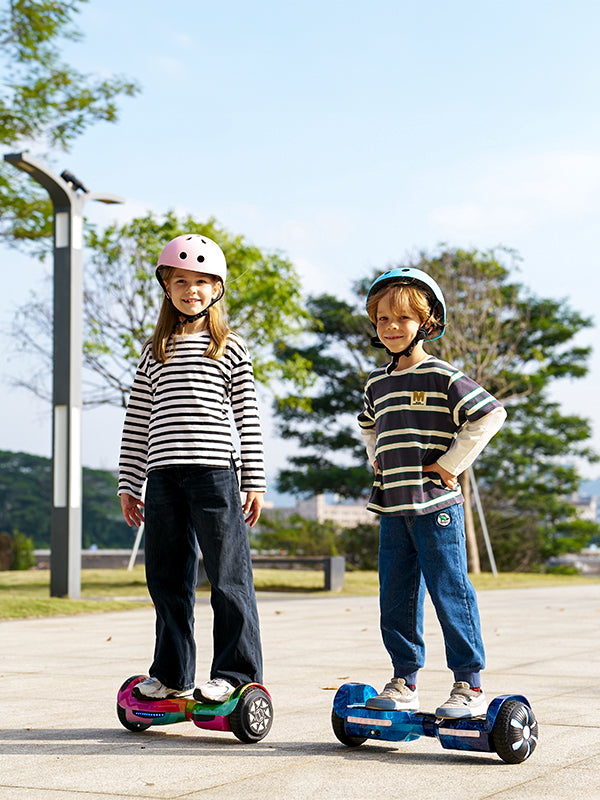




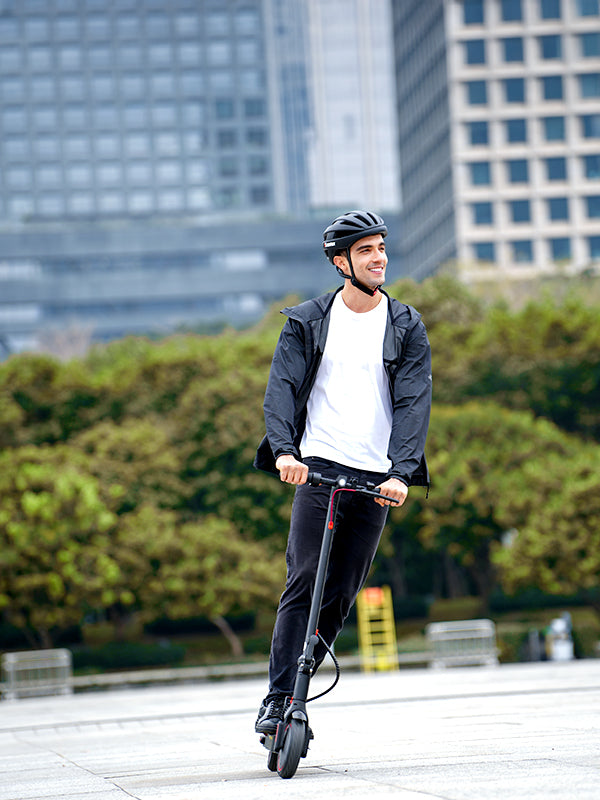

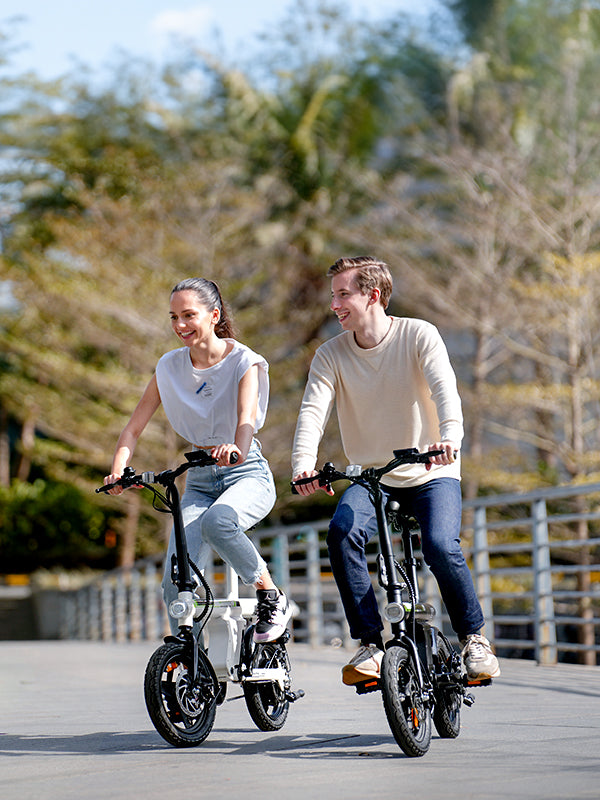










Still, need help? Contact Us: support@ihoverboard.com
What's the option? Check out the option now!
Leave us a message